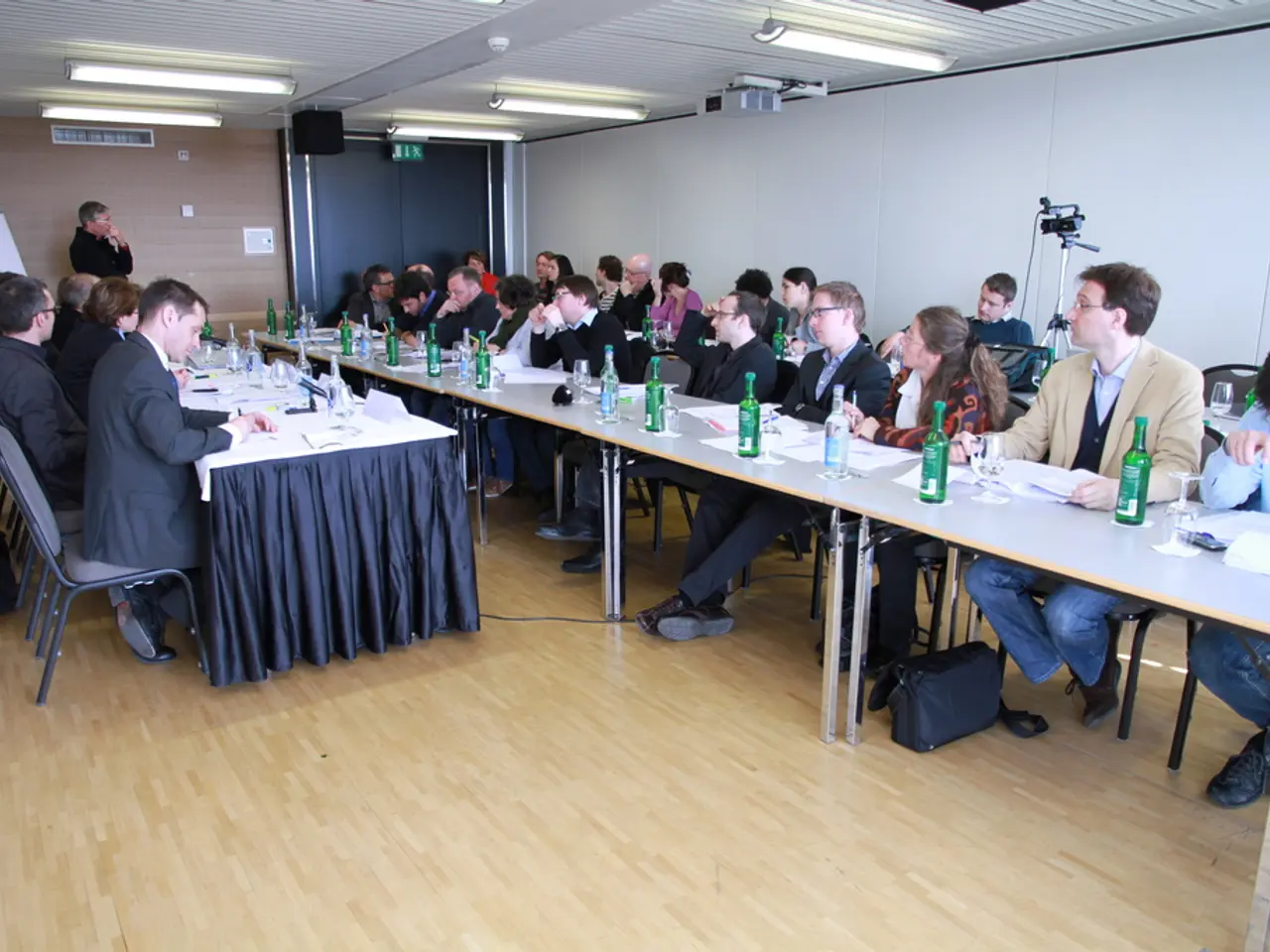HR Uses Judgmental Forecasting to Anticipate Staffing Needs
Human Resources (HR) departments utilize judgmental forecasting to anticipate future staffing requirements. This method relies on the expertise and judgment of HR professionals and management, considering various factors to make informed estimates.
Judgmental forecasting can be influenced by individual biases and assumptions, so it's often combined with other demand forecasting techniques. HR managers use methods such as trend analysis and scenario planning, supported by tools like advanced Excel templates, to improve planning accuracy and flexibility.
There are two main approaches to judgmental forecasting: top-down and bottom-up. The top-down approach involves senior management providing high-level staffing estimates, which are then broken down by department or function. Factors considered include projected business growth, turnover rates, process changes, productivity trends, and skill requirements. The bottom-up approach, on the other hand, involves line managers and department heads forecasting their own staffing needs based on anticipated workload and projects.
The accuracy of judgmental forecasts depends on the quality and comprehensiveness of the past and present data analyzed. HR directors review historical data and trends, assess the current situation, and estimate future headcount needs. The success of judgmental forecasting hinges on the accuracy of the information analyzed and the soundness of the estimates made.
Judgmental forecasting plays a crucial role in HR planning, enabling organizations to anticipate and meet future staffing needs. By combining this method with other techniques and considering various factors, HR departments can make informed decisions that support business growth and operational efficiency.
Read also:
- Setting Up and Expanding Operations at a Soil Blending Facility
- Surveying the Scene: Legality, Drones, and American Anti-Terror Strategy
- Regional University's healthcare system strengthened through collaborative partnership with Chancellor Dr Fiona Hill
- Reminisced University Trustee David M. Flaum as a 'fervent advocate' for the University and community





